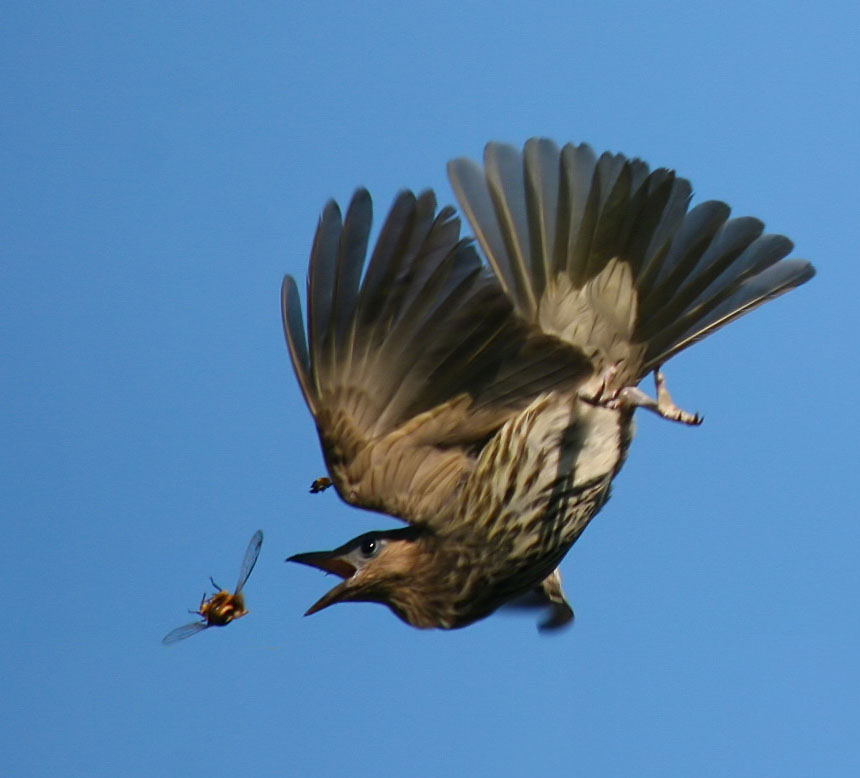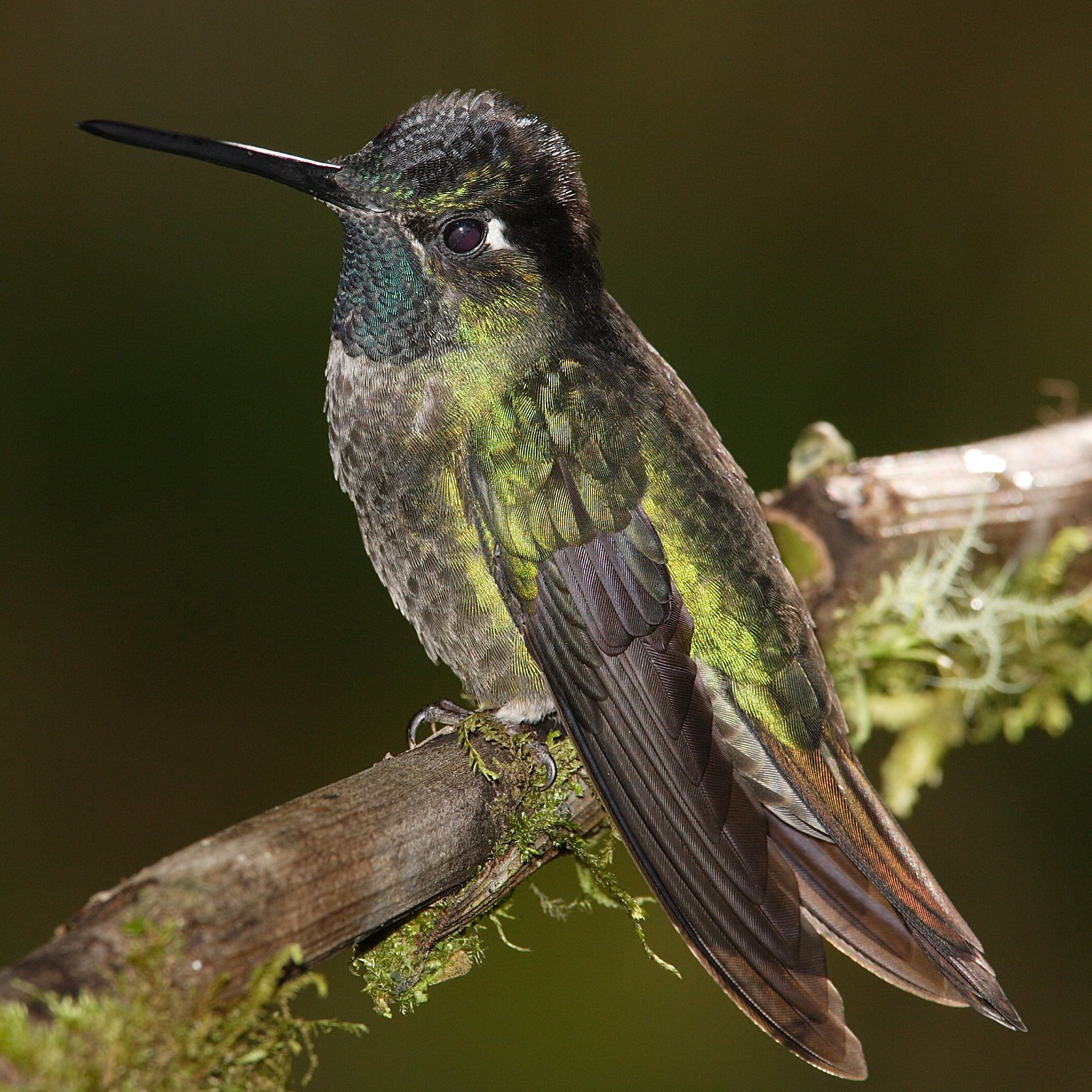|
Ocreatus Addae (Rufous-booted Racket-tail), Paucartambo, Peru
The rufous-booted racket-tail (''Ocreatus addae'') is a species of hummingbird in the "brilliants", tribe Heliantheini in subfamily Lesbiinae. It is found in Bolivia and Peru.HBW and BirdLife International (2020) ''Handbook of the Birds of the World and BirdLife International digital checklist of the birds of the world'' Version 5. Available at: http://datazone.birdlife.org/userfiles/file/Species/Taxonomy/HBW-BirdLife_Checklist_v5_Dec20.zip xls zipped 1 MBretrieved 27 May 2021 Taxonomy and systematics The rufous-booted racket-tail, as defined by the International Ornithological Committee (IOC) and the Clements taxonomy, is one of three species in genus ''Ocreatus''. However, BirdLife International's Handbook of the Birds of the World (HBW) treats the taxon as one of eight subspecies of booted racket-tail (''O. underwoodii''). The IOC and Clements call ''underwoodii'' "white-booted racket-tail" and assign five subspecies to it. HBW splits the Peruvian population from ''O. under ... [...More Info...] [...Related Items...] OR: [Wikipedia] [Google] [Baidu] |
Jules Bourcier
Claude Marie Jules Bourcier (19 February 1797 – 9 March 1873) was a French naturalist and expert on hummingbirds.Prosopo ''Sociétés savantes de France''. Bourcier was born in Cuisery, . He was the mayor of Millery, Rhône from 1832 to 1837, and he was the French consul to from 1849 to 1850. In 1857, he became a corresponding member of the ''Société linnéenne de Lyon''. [...More Info...] [...Related Items...] OR: [Wikipedia] [Google] [Baidu] |
Endemic
Endemism is the state of a species being found in a single defined geographic location, such as an island, state, nation, country or other defined zone; organisms that are indigenous to a place are not endemic to it if they are also found elsewhere. For example, the Cape sugarbird is found exclusively in southwestern South Africa and is therefore said to be ''endemic'' to that particular part of the world. An endemic species can be also be referred to as an ''endemism'' or in scientific literature as an ''endemite''. For example ''Cytisus aeolicus'' is an endemite of the Italian flora. ''Adzharia renschi'' was once believed to be an endemite of the Caucasus, but it was later discovered to be a non-indigenous species from South America belonging to a different genus. The extreme opposite of an endemic species is one with a cosmopolitan distribution, having a global or widespread range. A rare alternative term for a species that is endemic is "precinctive", which applies to ... [...More Info...] [...Related Items...] OR: [Wikipedia] [Google] [Baidu] |
Birds Of The Peruvian Andes
Birds are a group of warm-blooded vertebrates constituting the class Aves (), characterised by feathers, toothless beaked jaws, the laying of hard-shelled eggs, a high metabolic rate, a four-chambered heart, and a strong yet lightweight skeleton. Birds live worldwide and range in size from the bee hummingbird to the ostrich. There are about ten thousand living species, more than half of which are passerine, or "perching" birds. Birds have whose development varies according to species; the only known groups without wings are the extinct moa and elephant birds. Wings, which are modified forelimbs, gave birds the ability to fly, although further evolution has led to the loss of flight in some birds, including ratites, penguins, and diverse endemic island species. The digestive and respiratory systems of birds are also uniquely adapted for flight. Some bird species of aquatic environments, particularly seabirds and some waterbirds, have further evolved for swimming ... [...More Info...] [...Related Items...] OR: [Wikipedia] [Google] [Baidu] |
Ocreatus
The booted racket-tails are a small group of hummingbirds in the genus ''Ocreatus'' that was long considered to have only one species, ''O. underwoodii''. They are native to cloud forest edges in the South American Andes and Maritime Andes. They are relatively small (even compared to most other hummingbirds) and primarily iridescent green with white or rufous-buff leg-puffs ("boots"). The leg-puffs are more conspicuous in males, which also have a pair of dark bluish racket-shaped extensions to the tail. Taxonomy The genus ''Ocreatus'' was described by John Gould in 1846. During the 19th century, several populations were described as different species, but since the mid-20th century authorities generally only recognized a single widespread species, ''O. underwoodii'', with several subspecies. Research published in 2016, however, argued that three subspecies groups, ''addae'', ''annae'' and ''peruanus'', that are mostly allopatric (only ''peruanus'' and ''underwoodii'' have ranges ... [...More Info...] [...Related Items...] OR: [Wikipedia] [Google] [Baidu] |
IUCN
The International Union for Conservation of Nature (IUCN; officially International Union for Conservation of Nature and Natural Resources) is an international organization working in the field of nature conservation and sustainable use of natural resources. It is involved in data gathering and analysis, research, field projects, advocacy, and education. IUCN's mission is to "influence, encourage and assist societies throughout the world to conserve nature and to ensure that any use of natural resources is equitable and ecologically sustainable". Over the past decades, IUCN has widened its focus beyond conservation ecology and now incorporates issues related to sustainable development in its projects. IUCN does not itself aim to mobilize the public in support of nature conservation. It tries to influence the actions of governments, business and other stakeholders by providing information and advice and through building partnerships. The organization is best known to the wider ... [...More Info...] [...Related Items...] OR: [Wikipedia] [Google] [Baidu] |
Hawking (birds)
Hawking is a feeding strategy in birds involving catching flying insects in the air. The term usually refers to a technique of sallying out from a perch to snatch an insect and then returning to the same or a different perch, though it also applies to birds that spend almost their entire lives on the wing. This technique is called "flycatching" and some birds known for it are several families of "flycatchers": Old World flycatchers, monarch flycatchers, and tyrant flycatchers. Other birds, such as swifts, swallows, and nightjars, also take insects on the wing in continuous aerial feeding. The term "hawking" comes from the similarity of this behavior to the way hawks take prey in flight, although, whereas raptors may catch prey with their feet, hawking is the behavior of catching insects in the bill. Many birds have a combined strategy of both hawking insects and gleaning them from foliage. Flycatching The various methods of taking insects have been categorized as: gleani ... [...More Info...] [...Related Items...] OR: [Wikipedia] [Google] [Baidu] |
Secondary Forest
A secondary forest (or second-growth forest) is a forest or woodland area which has re-grown after a timber harvest or clearing for agriculture, until a long enough period has passed so that the effects of the disturbance are no longer evident. It is distinguished from an old-growth forest (primary or primeval forest), which has not recently undergone such disruption, and complex early seral forest, as well as third-growth forests that result from harvest in second growth forests. Secondary forest regrowing after timber harvest differs from forest regrowing after natural disturbances such as fire, insect infestation, or windthrow because the dead trees remain to provide nutrients, structure, and water retention after natural disturbances. However, often after natural disturbance the timber is harvested and removed from the system, in which case the system more closely resembles secondary forest rather than seral forest. Description Depending on the forest, the development ... [...More Info...] [...Related Items...] OR: [Wikipedia] [Google] [Baidu] |
Sexual Dimorphism
Sexual dimorphism is the condition where the sexes of the same animal and/or plant species exhibit different morphological characteristics, particularly characteristics not directly involved in reproduction. The condition occurs in most animals and some plants. Differences may include secondary sex characteristics, size, weight, colour, markings, or behavioural or cognitive traits. These differences may be subtle or exaggerated and may be subjected to sexual selection and natural selection. The opposite of dimorphism is ''monomorphism'', which is when both biological sexes are phenotypically indistinguishable from each other. Overview Ornamentation and coloration Common and easily identified types of dimorphism consist of ornamentation and coloration, though not always apparent. A difference in coloration of sexes within a given species is called sexual dichromatism, which is commonly seen in many species of birds and reptiles. Sexual selection leads to the exaggerat ... [...More Info...] [...Related Items...] OR: [Wikipedia] [Google] [Baidu] |
Specific Epithet
In taxonomy, binomial nomenclature ("two-term naming system"), also called nomenclature ("two-name naming system") or binary nomenclature, is a formal system of naming species of living things by giving each a name composed of two parts, both of which use Latin grammatical forms, although they can be based on words from other languages. Such a name is called a binomial name (which may be shortened to just "binomial"), a binomen, name or a scientific name; more informally it is also historically called a Latin name. The first part of the name – the '' generic name'' – identifies the genus to which the species belongs, whereas the second part – the specific name or specific epithet – distinguishes the species within the genus. For example, modern humans belong to the genus ''Homo'' and within this genus to the species ''Homo sapiens''. '' Tyrannosaurus rex'' is likely the most widely known binomial. The ''formal'' introduction of this system of naming species is credi ... [...More Info...] [...Related Items...] OR: [Wikipedia] [Google] [Baidu] |
American Ornithological Society
The American Ornithological Society (AOS) is an ornithological organization based in the United States. The society was formed in October 2016 by the merger of the American Ornithologists' Union (AOU) and the Cooper Ornithological Society. Its members are primarily professional ornithologists, although membership is open to anyone with an interest in birds. The society publishes the two scholarly journals, '' The Auk'' and '' The Condor'' as well as the '' AOS Checklist of North American Birds''. In 2013, the American Ornithologists' Union announced a close partnership with the Cooper Ornithological Society, including joint meetings, a centralized publishing office, and a refocusing of their respective journals to increase efficiency of research. In October 2016, the AOU announced that it was ceasing to operate as an independent union and was merging with the Cooper Ornithological Society to create the American Ornithological Society. History The American Ornithologists' ... [...More Info...] [...Related Items...] OR: [Wikipedia] [Google] [Baidu] |
White-booted Racket-tail
The white-booted racket-tail (''Ocreatus underwoodii'') is a species of hummingbird in the "brilliants", tribe Heliantheini in subfamily Lesbiinae. It is found in Colombia, Ecuador, and Venezuela.HBW and BirdLife International (2020) ''Handbook of the Birds of the World and BirdLife International digital checklist of the birds of the world'' Version 5. Available at: http://datazone.birdlife.org/userfiles/file/Species/Taxonomy/HBW-BirdLife_Checklist_v5_Dec20.zip [.xls zipped 1 MB] retrieved 27 May 2021 Taxonomy and systematics The white-booted racket-tail, as defined by the International Ornithological Committee (IOC) and the Clements taxonomy, has five subspecies. They both include two more species in genus ''Ocreatus'', the Peruvian racket-tail (''O. peruanus'') and the Rufous-booted racket-tail (''O. addae''). However, BirdLife International's Handbook of the Birds of the World (HBW) assigns the name "booted racket-tail" to ''O. underwoodii'' and includes those two taxa as su ... [...More Info...] [...Related Items...] OR: [Wikipedia] [Google] [Baidu] |
Hummingbird
Hummingbirds are birds native to the Americas and comprise the biological family Trochilidae. With about 361 species and 113 genera, they occur from Alaska to Tierra del Fuego, but the vast majority of the species are found in the tropics around the equator. They are small birds, with most species measuring in length. The smallest extant hummingbird species is the bee hummingbird, which weighs less than . The largest hummingbird species is the giant hummingbird, weighing . They are specialized for feeding on flower nectar, but all species also consume flying insects or spiders. Hummingbirds split from their sister group, the swifts and treeswifts, around 42 million years ago. The common ancestor of extant hummingbirds is estimated to have lived 22 million years ago in South America. They are known as hummingbirds because of the humming sound created by their beating wings, which flap at high frequencies audible to humans. They hover in mid-air at rapid wing-flapping ra ... [...More Info...] [...Related Items...] OR: [Wikipedia] [Google] [Baidu] |
.jpg)
.jpg)








